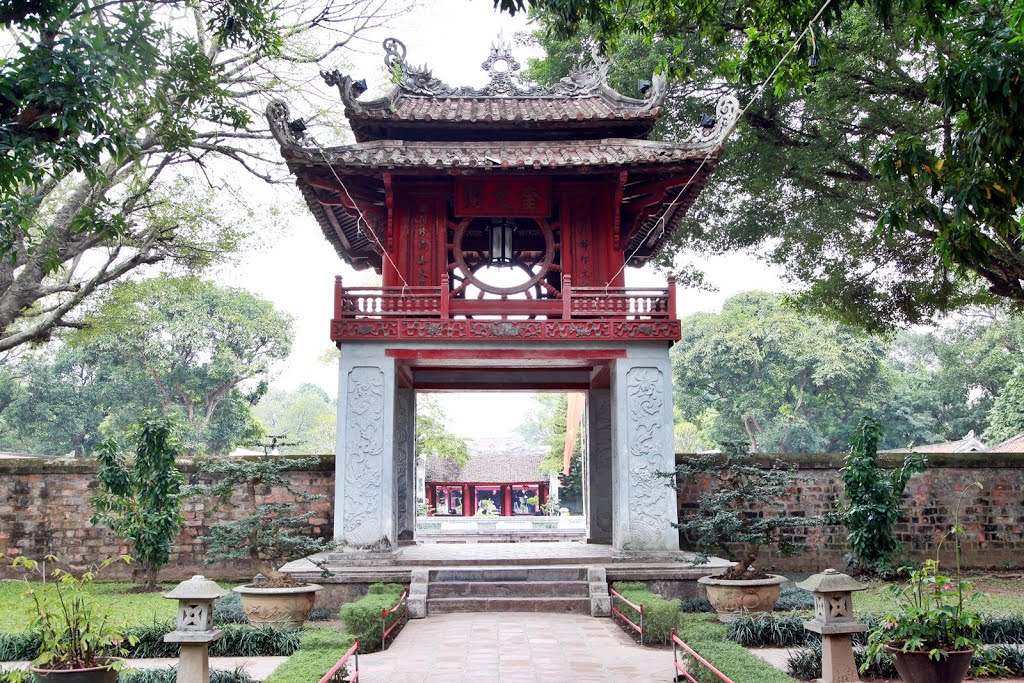

|
Asian Network School and Workshop on Complex Condensed Matter Systems 2023
Hanoi, 6-10 November 2023
|
ProgrammeP.7 -- Poster, ANSWCCMS-2023 Date: Tuesday, 7 November 2023 Time: 13:00 - 14:30 Direct observations of spin fluctuations in hedgehog--anti-hedgehog spin lattice states in MnSi1-xGex (x = 0.6 and 0.8) at zero magnetic fieldS. Aji (1,2), T. Oda (1), Y. Fujishiro (3), N. Kanazawa (4), H. Saito (1), H. Endo (5,6), M. Hino (7), S. Itoh (5,6), T. Arima (3,8), Y. Tokura (3,9,10), T. Nakajima (1,3) (1) ISSP, The University of Tokyo; (2) Dept. of Physics, Universitas Indonesia; (3) RIKEN-CEMS; (4) IIS, The University of Tokyo; (5) KEK-IMSS; (6) J-PARC Center; (7) Inst. for Integ. Rad. and Nuc. Sci., Kyoto University; (8) Dept. of Adv. Matter. Sci., The University of Tokyo; (9) Dept. of Appl. Phys. The University of Tokyo; (10) Tokyo College, The University of Tokyo The interplay between conduction electrons and noncoplanar magnetism is a topic of growing interest in condensed matter physics. Noncoplanar magnetic orders give rise to a finite scalar spin chirality which acts as an effective magnetic field on conduction electrons resulting in anomalous Hall effect of unconventional origin or topological Hall effect (THE). One example showing THE phenomenon is MnGe [1]. This material has magnetic structure of a hedgehog--anti-hedgehog spin lattice (HSL) state which can be described by a superposition of three proper-screw-type magnetic modulations with the q-vectors of (q,0,0), (0,q,0) and (0,0,q). Such non-trivial spin textures induce THE due to having a finite scalar spin chirality. By substituting Si for Ge, the magnetic structure of MnSi1-xGex changes from cubic-3q (x = 0.7-1) to tetrahedral-4q (x = 0.3-0.6) HSL states [2]. Interestingly, it was reported that the sign of Hall resistivity turns from negative into positive near the critical temperature as the temperature increases for both cubic-3q and tetrahedral-4q HSL states. Moreover, the behavior of Hall resistivity on tetrahedral-4q SHAH lattice state is more complex since the positive sign of Hall resistivity was also observed at low temperature. A recent theoretical study has pointed out that the origin of the positive Hall resistivity is due to spin fluctuations with finite scalar spin chirality while the negative one is induced by a static long-range order of HSL [3]. To corroborate the scenario described in the theoretical study, we need to quantitatively investigate how spin fluctuations develop with varying temperature. For this purpose, we performed the time-of-flight (TOF) neutron inelastic scattering and MIEZE-type neutron spin-echo (NSE) experiments on MnSi1-xGex polycrystalline samples with x = 0.6 (tetrahedral-4q) and x = 0.8 (cubic-3q). Our main results shows that these samples exhibit relatively large spin fluctuations centered at the transition temperatures Tc and also reveal the correspondences between the temperature ranges where the positive Hall resistivity and spin fluctuations are observed [4]. References: [1] N. Kanazawa et al., Phys. Rev. Lett. 106, 156603 (2011). [2] Y. Fujishiro et al., Nat. Commun. 10, 1059 (2019). [3] H. Ishizuka and N. Nagaosa, Sci. Adv. 4, eaap9962 (2018). [4] S. Aji et al., Phys. Rev. B 108, 054445 (2023). Presenter: Seno Aji |
|
Institute of Physics, VAST
|
Center for Theoretical Physics |
Center for Computational Physics
© 2012-2023 Center for Theoretical Physics & Center for Computational Physics Institute of Physics, Vietnam Academy of Science and Technology, 10 Dao Tan, Ba Dinh, Hanoi, Vietnam |